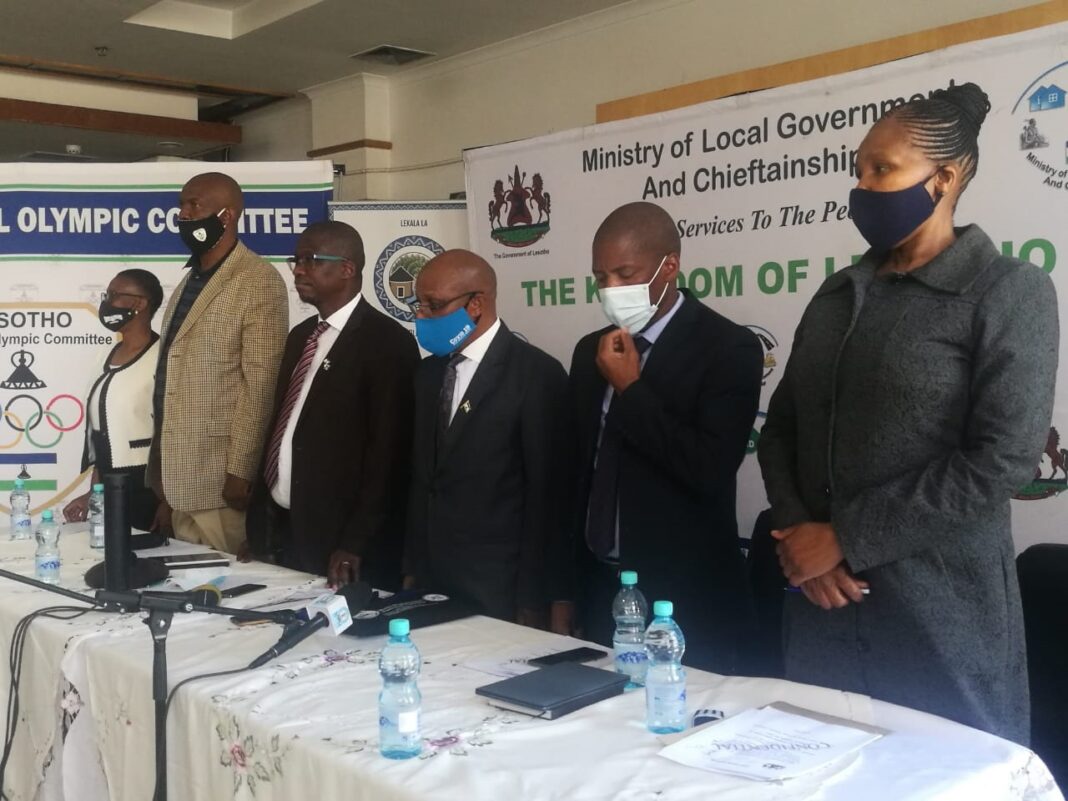Violence against women and girls is one of the most prevalent human rights violations in the world. It knows no social, economic or national boundaries. Worldwide, an estimated one in three women will experience physical or sexual abuse in her lifetime.
Gender-based violence undermines the health, dignity, security and autonomy of its victims, yet it remains shrouded in a culture of silence. Victims of violence can suffer sexual and reproductive health consequences, including forced and unwanted pregnancies, unsafe abortions, traumatic fistula, sexually transmitted infections including HIV, and even death.
Gender-based violence has significant impact at the individual level, with victims suffering from physical and mental effects, loss of earnings and increased healthcare costs. It also has a wider societal impact, including lower productivity and thus reduced economic output and growth, and increased pressure on social and health services. Quantifying the cost of GBV in terms of human suffering and economic indicators is difficult: its hidden nature makes prevalence hard to establish. A number of methodologies have been developed, each of which offers both strengths and weaknesses, and these need to be assessed on a case by case basis.
Estimating all costs (including the intangible psychological costs) can help ensure that GBV is ranked equitably in terms of investment when it comes to resource allocation and priority-setting within countries. Quantifying the costs of GBV also validates victims’ experiences and shows that their suffering ‘counts for something’ in society.









